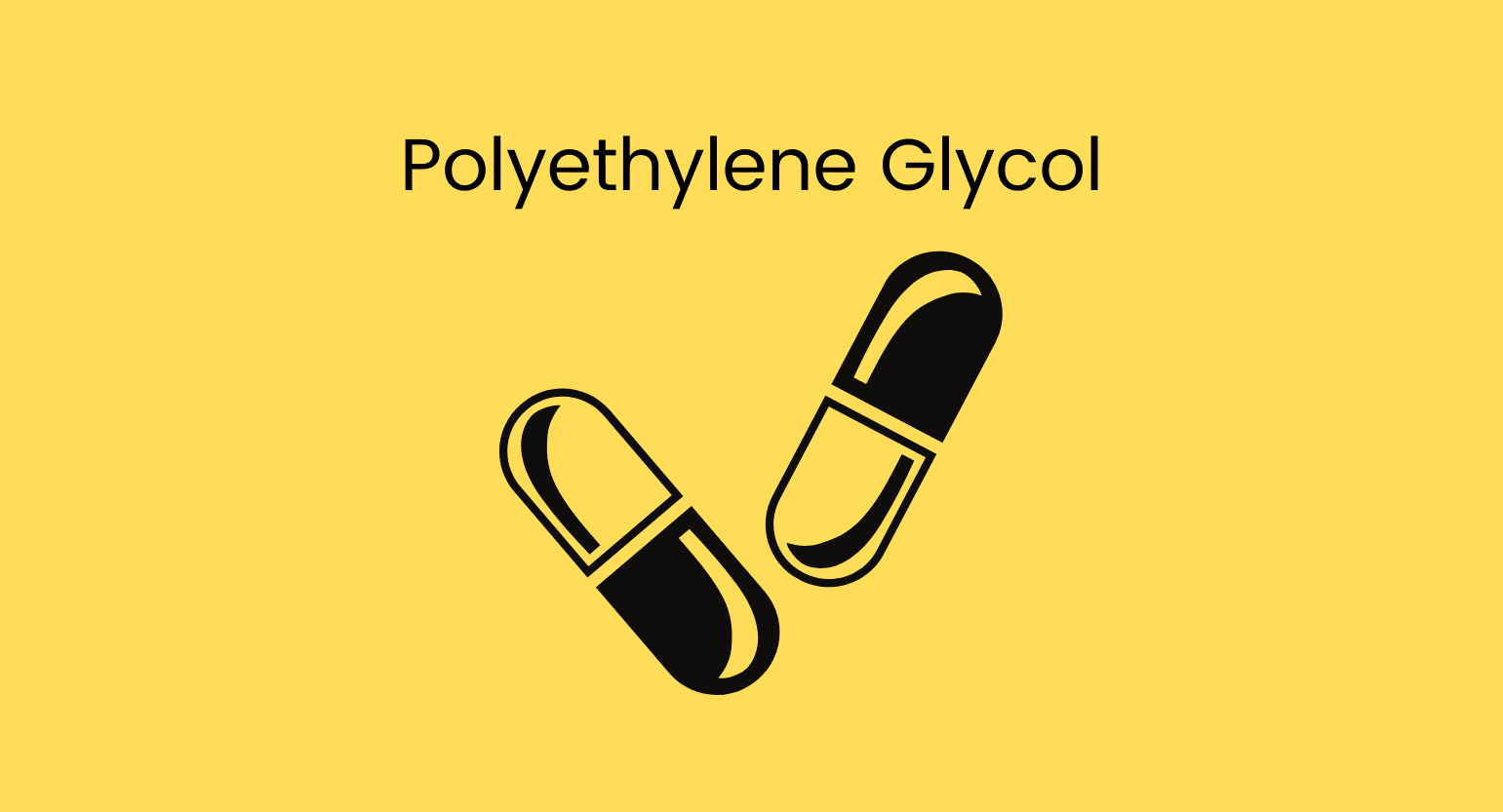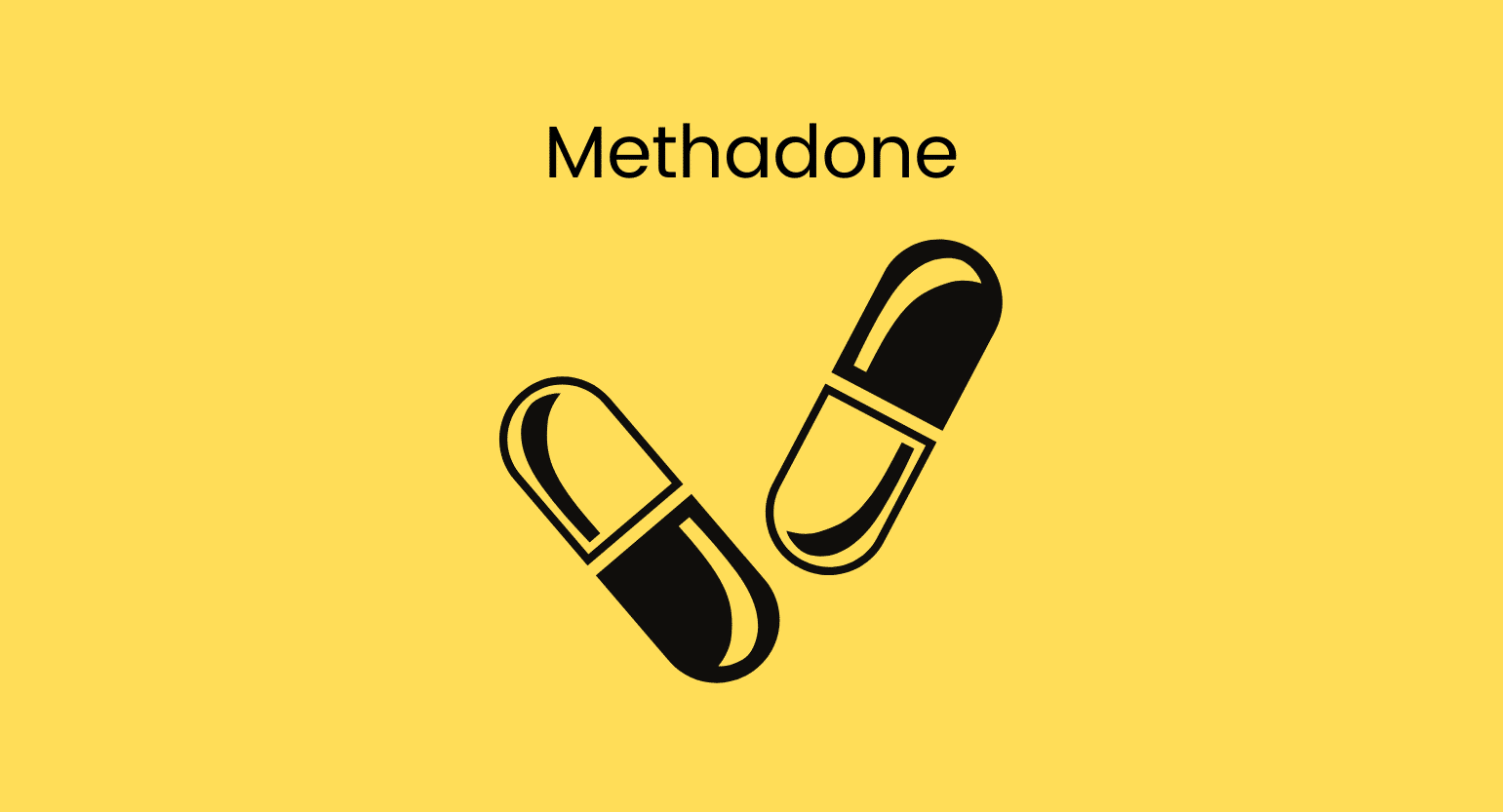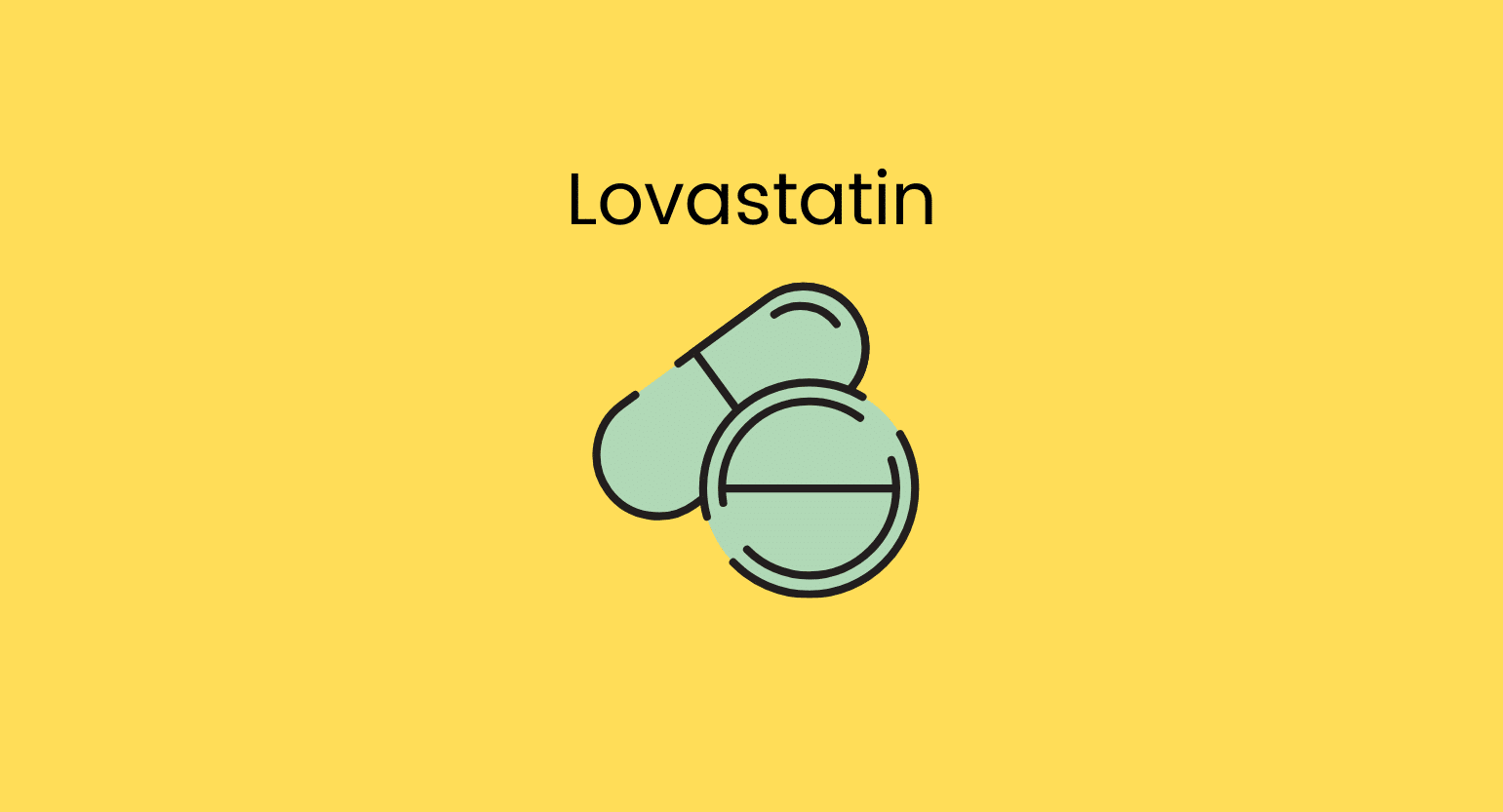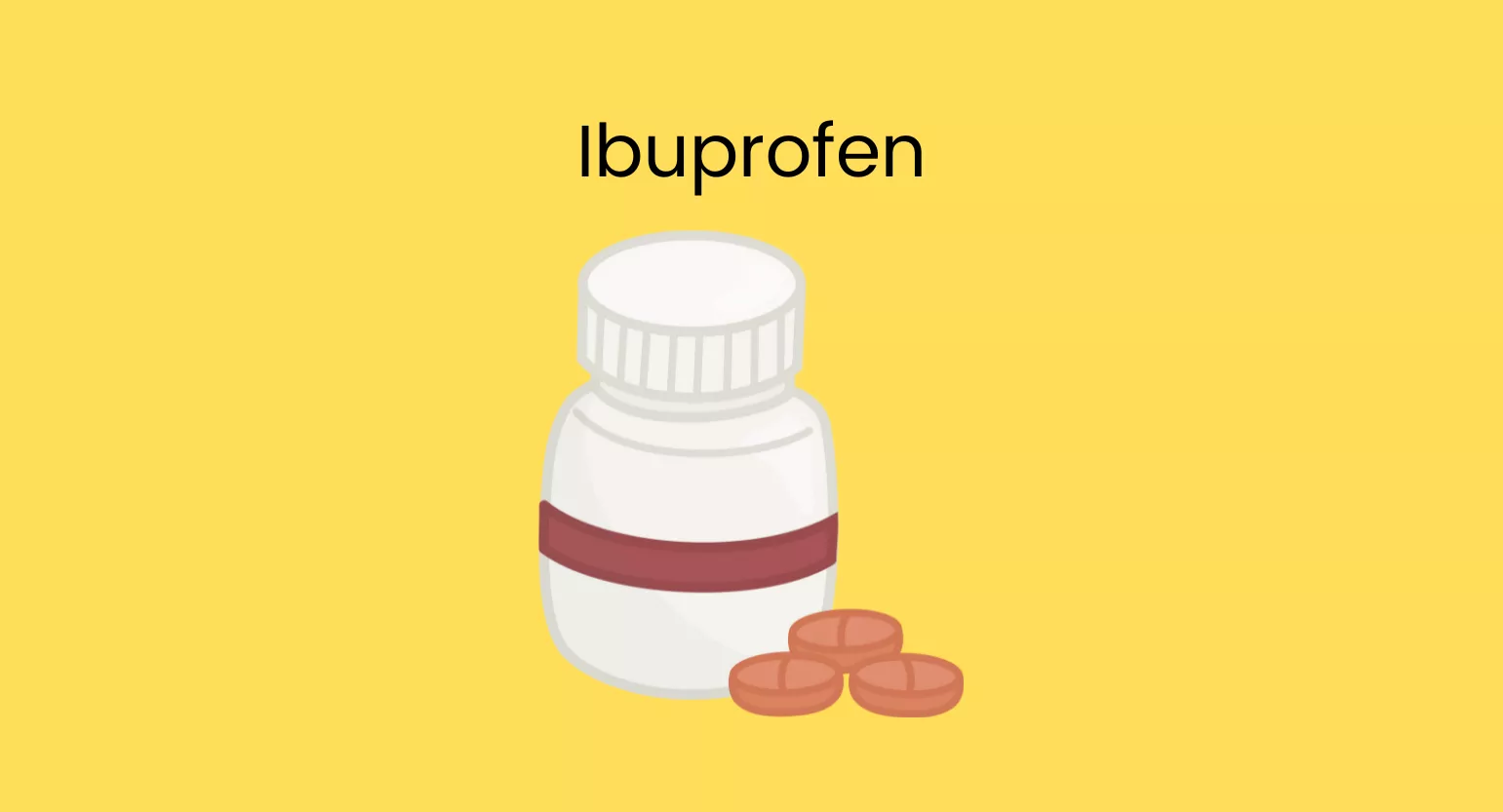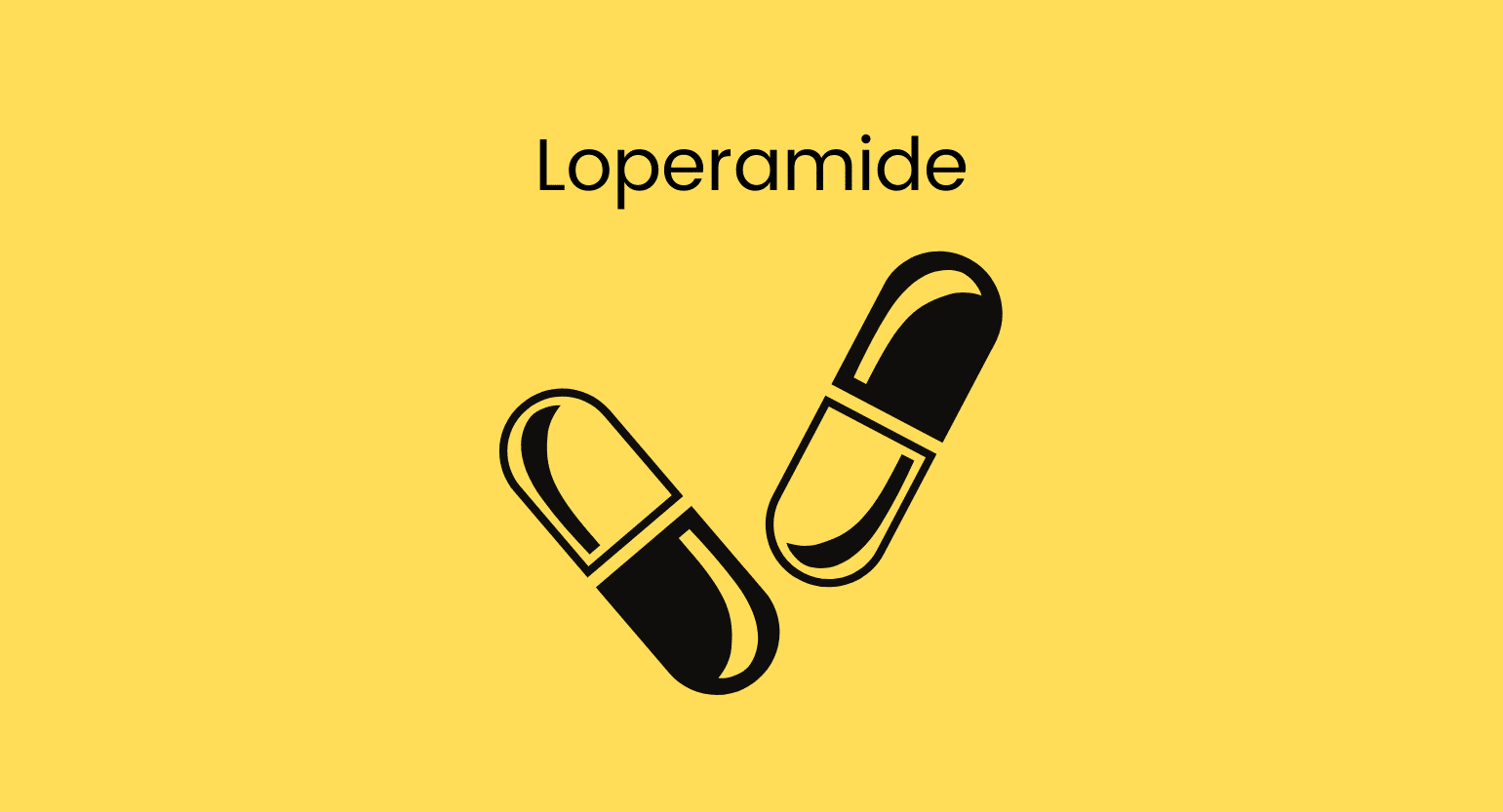Does Kratom Interact With Polyethylene Glycol (Miralax)?
The chances of a severe interaction between kratom and polyethylene glycol (PEG) are low.
PEG showcases increased activity within CYP3A1, CYP2C6, and CYP1A2 [1]. Simultaneously, other studies have shown that PEG can also inhibit the other CYP enzymes, including CYP2E1, CYP3A5, CYP2D6, and CYP2C19 [2].
Kratom heavily relies on the CYP2D6 and CYP3A4 enzymes for its metabolism [3].
This means that taking PEG and kratom together could inhibit the CYP2D6 enzyme and cause the slowdown of kratom’s metabolism rate. If kratom stays in the body longer than it’s supposed to, it could cause toxicity and side effects.
This type of pharmacological interaction is known as metabolic inhibition.
Medications Similar to Polyethylene Glycol (Imodium)
Polyethylene glycol (Miralax) is classified as an osmotic laxative. These laxatives draw water into the colon and stool, softening it and making it easier to pass.
Many other laxative medications share a similar level of risk when used alongside kratom.
Other laxatives include:
- Colav
- Colyte
- Constulose
- Enulose
- Gavilyte-c
- Gavilyte-g
- Gavilyte-n
- Generlac
- Glycerin
- Glycolax
- Goevac
- Golytely
- Kristalose
- Lactitol
- Lactulose
- Nulytely
- Pizensy
- Sorbitol
- Trilyte
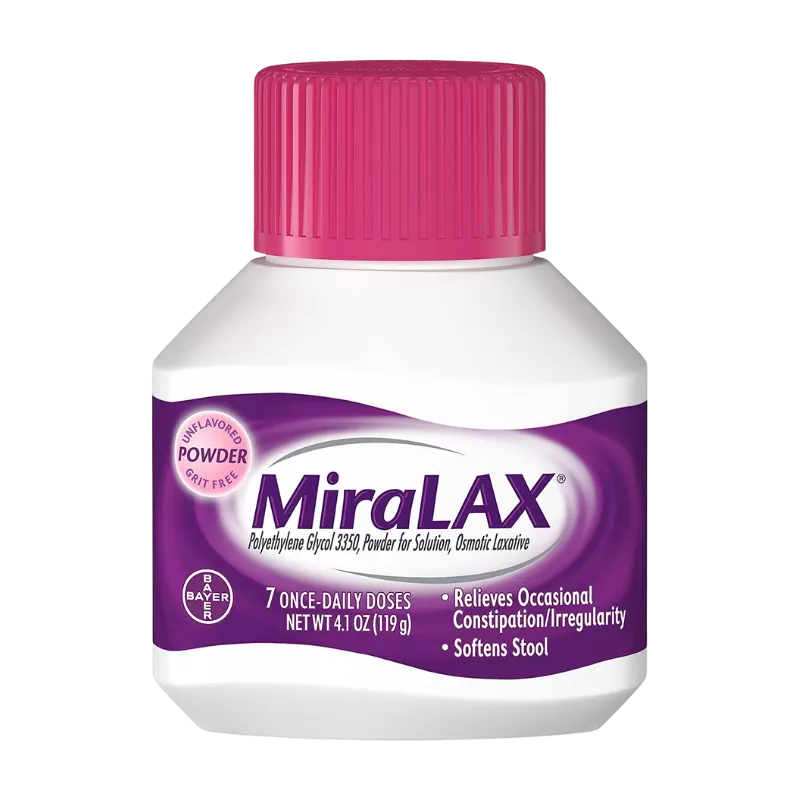
Is It Safe to Take Kratom With Polyethylene Glycol (Miralax)?
Mixing PEG with kratom is generally safe as long as it’s only for short-term use.
Don’t take it regularly, and be sure to use it responsibly. Before using PEG, be sure to consult with your physician. Make sure she or he is aware that you’re using kratom.
Related: Exhaustive list of kratom-drug interactions.
What Is Polyethylene Glycol (Miralax)?
Polyethylene glycol is a polyether compound that comes from petroleum. It’s used in industrial manufacturing as well as medicines. It’s classified as an osmotic laxative but has other potential uses, like slowing the clearance of the carried protein from the blood and possibly fusing axons in nerve and spinal cord injuries.
Polyethylene Glycol Details & Specifications
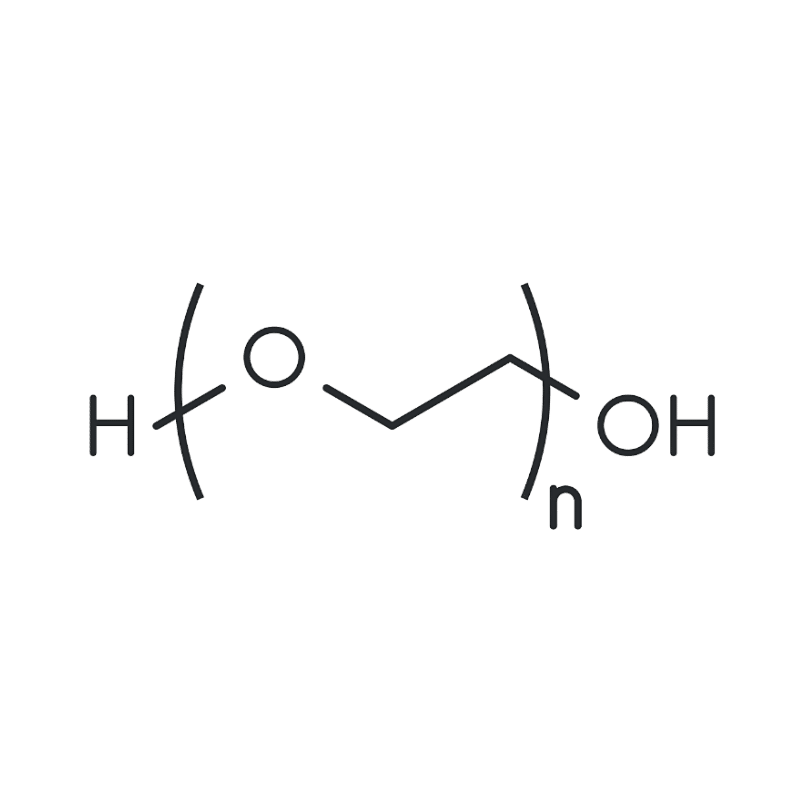
| Drug Name | Polyethylene Glycol |
| Trade Name | Miralax |
| Other Names | Polyethylene Glycol 3350, PEG 3350 |
| Classification | Osmotic laxative |
| CYP Metabolism | None |
| Interaction With Kratom | Metabolic inhibition |
| Risk of Interaction | Mild |
What Is Polyethylene Glycol (Miralax) Used For?
PEG (Miralax) is an over-the-counter medication that’s considered safe and can help relieve constipation and mild blockage. It should not be used for intestinal blockage or bowel obstruction.
What’s the Dose of Polyethylene Glycol (Miralax)?
Adults take 17 grams, diluted in 8 fluid ounces of juice, water, coffee, or soda, once a day [4].
Children have several different amounts they can take, depending on the exact reason they need it.
- Occasional Constipation: Children older than six months may take 0.5 to 1.5 g daily for up to three days.
- Fecal Impaction: Children older than three years may take 1 to 1.5 g daily for up to three days.
- Bowel Preparation: Children older than two years may take 1.5 g.
Generic & Brand Names for Polyethylene Glycol
Polyethylene glycol is best known as Miralax. There are also generic versions, including Polyethylene Glycol 3350 and PEG 3350.
What Are the Side Effects of Polyethylene Glycol?
Side effects are generally mild, but follow instructions to avoid complications [4].
Common side effects can include:
- Bloating
- Dizziness
- Gas
- Increased sweating
- Upset stomach
Call your doctor immediately if you begin to experience the following problems:
- Bloody or severe diarrhea
- Blood in your stool
- Rectal bleeding
- Severe stomach pain
What Is Kratom?
Kratom, or Mitragyna speciosa, comes from Southeast Asia. It’s a relative of the coffee plant, and its usage extends back several centuries. Those native to the area chew on the plant leaves for pain relief and energy.
Elsewhere, the plant leaves are usually processed into a powder, making it easier to put into capsules or add to drinks.

Though it is sometimes used recreationally, it’s primarily used to help treat various problems. Its two main alkaloids — mitragynine and 7-hydroxymitragynine — are the main reason for its benefits.
These alkaloids act on opioid receptors much like opioids do, making them a highly effective pain reliever. However, they’re considered atypical opioids because they don’t have the exact mechanism of action, making them safer than drugs like morphine and codeine [5].
Besides pain, kratom has other uses, too.
What’s Kratom Used For?
Nowadays, people have found kratom useful for a bunch of modern applications. People with the following conditions could benefit from kratom supplementation:
- ADHD (Attention Deficit & Hyperactivity Disorder)
- Alcohol withdrawal
- Anxiety
- Arthritis pain
- Benzodiazepine withdrawal syndrome
- Chemotherapy-related pain
- Chronic back pain
- Depression
- Energy & focus
- Fibromyalgia
- Insomnia
- Migraines
- Mood
- Opiate withdrawal symptoms
- Nerve pain
- Pain
- Psoriatic arthritis
- Weight loss
Please note that it hasn’t been approved by the FDA to treat any of these conditions.
What’s the Dose of Kratom?
It’s important to start with low doses until you know how kratom will affect you. Plus, small and infrequent dosing helps lower the chances of developing a tolerance or addiction to it.
Here’s a good starting point when you’re trying to figure out your kratom dose:
- Microdose: less than 2 grams
- Low dose: 2-6 grams
- High dose: 6-8 grams
- Heavy dose: more than 8 grams
Be aware that the higher the dose, the more likely you’ll experience side effects and possibly addiction.
What Are the Side Effects of Kratom?
Any gastrointestinal issues you experience will likely fade after your body adjusts to kratom. Otherwise, you may be using too much. Side effects are minimal and more likely to come with larger doses.
Common side effects of kratom include:
- Anxiety
- Brain fog
- Constipation
- Dizziness
- General cognitive impairment
- Headaches
- Heart palpitations
- High blood pressure
- Lethargy
- Nausea
- Vomiting
- Withdrawal symptoms
Related: Is Kratom Bad For Your Heart?
What Are the Different Types of Kratom?
All kratom has similar tendencies — energy with higher amounts and euphoria and sleepiness in lower amounts — but there are differences worth noting. Some provide more energy regardless of amount, while others are better for pain relief.
The main categories of kratom strains include:
- White Vein Kratom: White strains energize and provide focus and mental fortitude.
- Red Vein Kratom: Red strains are best for reducing pain and can promote sleep; they are euphoric.
- Green Vein Kratom: These strains are balanced, providing quick onset stimulation and later on helping you relax.
- Yellow Vein Kratom: Yellow kratom provides pain relief, anxiety relief, and sedation. They’re similar to green but a little milder.

Key Takeaways: Is it Safe to Mix Kratom & Polyethylene Glycol (Imodium)?
If you’re suffering from constipation, it’s generally regarded as safe to take polyethylene glycol. While there’s always a possibility of negative interaction, there are no red flags when it comes to taking kratom and PEG together. The chances of adverse effects with this combination are low.
In order to minimize risk further, it’s wise to separate the doses of PEG and kratom by at least an hour.
If you’re planing on taking these substances together long-term, you’ll want to discuss it with your doctor first. Be sure your doctor is aware that you’re taking kratom, too.
- Wang, F., Wu, Y., Zhang, J., Wang, H., Xie, X., Ye, X., … & Chen, W. (2019). Induction of cytochrome P450 involved in the accelerated blood clearance phenomenon induced by PEGylated liposomes in vivo. Drug Metabolism and Disposition, 47(4), 364-376.
- Patel, R., Barker, J., & ElShaer, A. (2020). Pharmaceutical excipients and drug metabolism: a mini-review. International journal of molecular sciences, 21(21), 8224.
- Kamble, S. H., Sharma, A., King, T. I., León, F., McCurdy, C. R., & Avery, B. A. (2019). Metabolite profiling and identification of enzymes responsible for the metabolism of mitragynine, the major alkaloid of Mitragyna speciosa (kratom). Xenobiotica, 49(11), 1279-1288.
- Dabaja, A., Dabaja, A., & Abbas, M. (2022). Polyethylene Glycol. In StatPearls [Internet]. StatPearls Publishing.
- Eastlack, S. C., Cornett, E. M., & Kaye, A. D. (2020). Kratom—Pharmacology, clinical implications, and outlook: a comprehensive review. Pain and Therapy, 9(1), 55-69.
